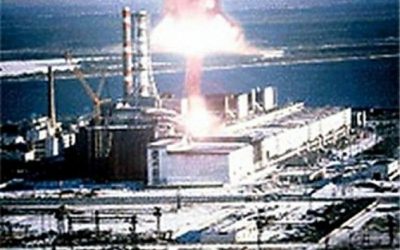Machine learning is an industry in flux. It is not a new industry, but new players are taking the field hoping to make a big impact, sometimes without anything tangible to base that hope on. Many will fail but the result is likely to be a more coherent approach to machine learning emerging as we progress through 2017.
 That is one of the conclusions reached by Atakan Cetinsoy in a blog written for DZone. He said it is time to look beyond the AI hype to find practical uses for machine learning in real-world operations.
That is one of the conclusions reached by Atakan Cetinsoy in a blog written for DZone. He said it is time to look beyond the AI hype to find practical uses for machine learning in real-world operations.
This is already happening. In fact, machine learning is already central to five of the world’s biggest companies – Apple, Alphabet, Microsoft, Facebook, and Amazon. It is expected machine learning will also become more important to non-tech companies but it will be a hard road for some currently stuck with antiquated systems that were surpassed by new technologies long ago. Despite the challenges, 2017 will be the machine learning starting point for many traditional and non-tech companies.
What, then, are Atakan’s predictions? Here are some of the highlights:
· The big data wobble – the complexity of making big data work for real-world companies will bite increasingly hard. This will lead more and more people to machine learning. The same applies to companies in the deep learning space. They will increasingly see its practical limitations and will pivot to more realistic and workable alternatives, such as machine learning.
· Winners and losers – most VCs will go for investments offering quick returns, and some will seek to create opportunities where they don’t exist. Some, however, will realise the best opportunities lie in creating machine learning platforms
· Low-hanging-fruit opportunities offer the best ROI – those who go for top-down strategies (often developed by consultants) will struggle to get a return on investment. Those who start with easier options – where proper data architecture, analytics, and IT infrastructure are already in place – will have much more success. They will also be in a better position to move to more complex tasks, processes, and datasets.
· Reasoning and planning-under-uncertainty – expect to see more research – and subsequent start-ups – in the reasoning and planning-under-uncertainty fields of AI. This will benefit machine learning and its applications, but decisions will still largely be taken by people.
· The rise of MLaaS – MLaaS will accelerate the development of commercial machine learning applications and will make them cheaper, easier to deploy, and easier to manage. In general, increasing numbers of developers will introduce machine learning.
What can we learn from these predictions, and how does the future look for machine learning, analytics, and AI? Here are the main points:
· We are in the early stages of machine learning development
· The AI, big data, deep learning, and machine learning industries and research fields are all still in a state of flux, but machine learning is emerging as the early workhorse, quietly achieving success despite the media and marketing hype of the rest
· Businesses, investors, and entrepreneurs who avoid the hype in favour of practical solutions that can be developed now are likely to see the most success
Big Data and related technologies – from data warehousing to analytics and business intelligence (BI) – are transforming the business world. Big Data is not simply big: Gartner defines it as “high-volume, high-velocity and high-variety information assets.” Managing these assets to generate the fourth “V” – value – is a challenge. Many excellent solutions are on the market, but they must be matched to specific needs. At GRT Corporation our focus is on providing value to the business customer.
Digital Transformation for Power Plant
Picture by Timothy Chen Fun, GE Reports Power system equipment condition monitoring is a must if you wish to ensure...



